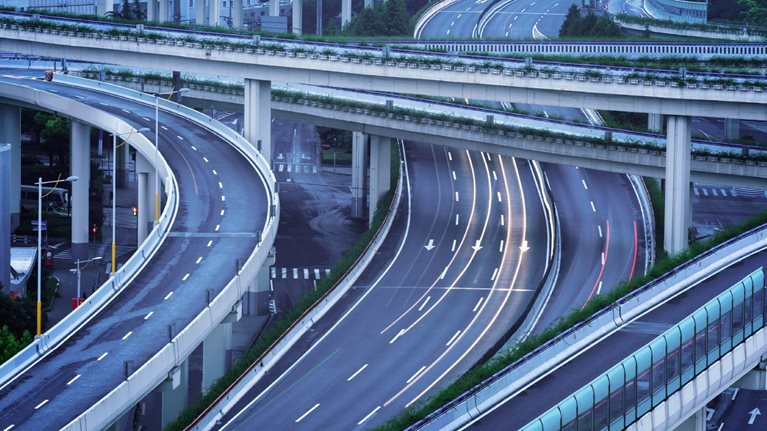Each year, traffic crashes kill more than 1.2 million people around the world and injure up to 50 million.1 In fact, they are the leading cause of death among people 15 to 29 years old2 and cost the global economy around $518 billion.3 Many of these casualties are preventable, but governments can have difficulty knowing where to begin. There are tested ways to improve road safety, but a lot of them are not widely known, so it’s challenging to find all available countermeasures, sort through them, and determine which are most relevant for a particular area. With ever-tighter budgets facing national governments and localities—which have primary responsibility for traffic laws, vehicle-safety regulations, and developing and maintaining road infrastructure—they often must make difficult choices.
We have developed a road-safety cost curve that makes it possible to compare the impact and expense of different road-safety countermeasures and researched more than 200 of them in the academic and corporate literature. A European city that has been using our approach plans to invest approximately €5 million a year through 2020 in a variety of prioritized countermeasures expected to cut traffic fatalities and severe injuries in half. A large proportion of these investments will be funded by reallocating resources already in the budget, not new money. Ultimately, the program will be cost negative, saving the city about €60 million a year.
The exhibit shows how cost curves can help governments determine which relevant countermeasures have the highest impact for the money. The curve’s y-axis shows each proposed countermeasure’s cost, offset by the number of deaths and injuries it can prevent and their associated expense to society. The x-axis shows how many fatalities and severe injuries the countermeasure could prevent each year. Those that save the most lives per euro are on the left of the curve.
A cost curve makes it easier to evaluate options.

Placing each countermeasure along a cost curve elicits several insights. For example, to counter speeding, many jurisdictions have been installing speed cameras. This technology can be expensive; options such as speed bumps, which have been shown to prevent a greater number of deaths, may be more cost-effective. In vehicle technologies, the benefits of seat-belt reminders outweigh their costs by a factor of eight, alcohol ignition interlocks produce benefits of more than three times their cost, and collision-warning systems just about cover their costs.
For a more complete discussion of this research, including how to build and tailor the cost curve, download the full report, A cost-effective path to road safety (PDF–3.3MB).


